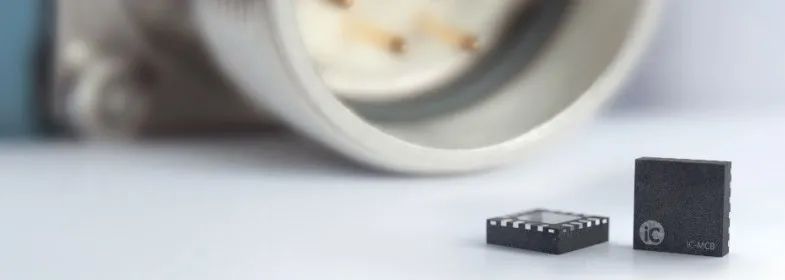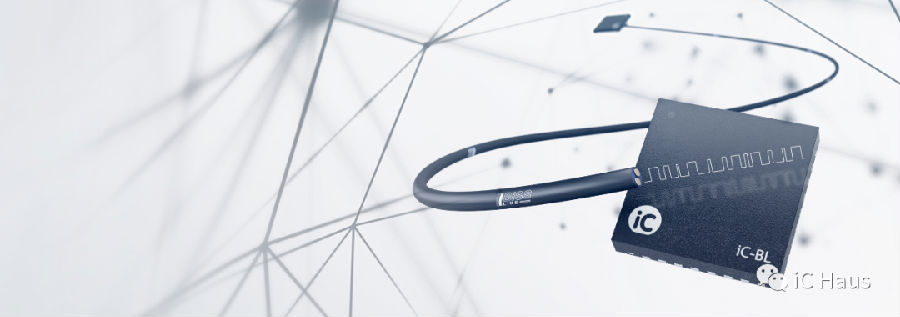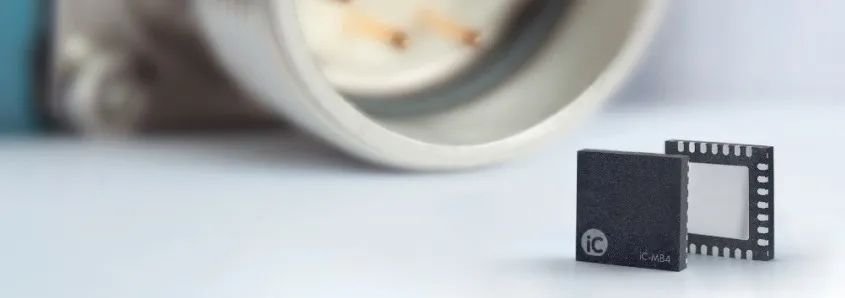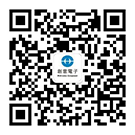Technical article
The BiSS interface communicates through a master through a master (usually inside a motion controller) and one or more slaves (external devices, such as rotary encoders).
1. Biss master IC
iC-MB4——replacing the long-standing classic iC-MB3, it communicates with the controller via a serial (SPI) or parallel interface. Its main features include:
Bidirectional BiSS communication with up to 8 slaves.
2.Biss slaves IC iC-MCB——BiSS Slave Bridge Element that implements the complete BiSS Slave protocol to work with a host device (e.g. MCU). Its features are as follows: |
Master (MCU) communication via SPI.
BiSS bus structure capable.
RS422 line driver/receiver for BiSS/SSI point-to-point network.
BiSS bus structure capable.
BiSS safety related features (16 bit CRC).

3. BiSS Safety monitoring IC
iC-MCW——The host side works, monitors the communication signals and decodes the data to check for errors as required by the application. Features of iC-MCW include:
Acquisition of BiSS SCD and Control Data.
Error diagnosis and simple indication via pins.
Built-In RS422 receiver for direct BiSS interfacing.
Internal 14-bit BiSS frame counter.

4. BiSS Line master/slave IC
The newly added BiSS interface chip——iC-BL, can be used as BiSS Line master or BiSS Line slave for 2-wire or 4-wire interface of BiSS Line. The features of iC-BL are as follows:
Full BiSS Line protocol support including Forward Error Correction (FEC).
Integrated RS485 transceiver..
BiSS Line to BiSS C protocol transfer.
BiSS-C/SSI/SPI/I2C sensor master interface.
Sensor supply voltage(2.5V / 3.3V / 5V, 200 mA max.).
12.5MHz communication distance achives 100m.







